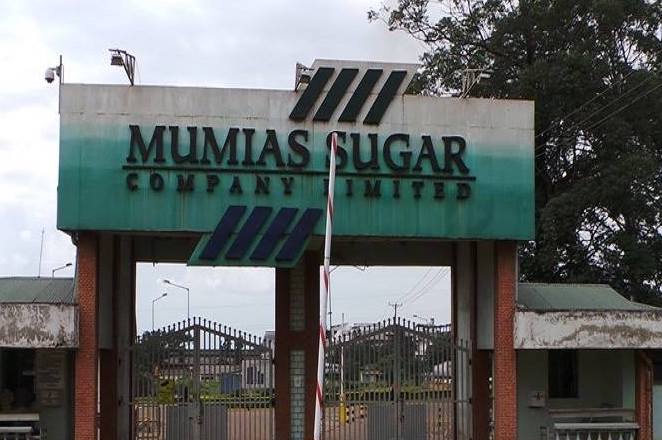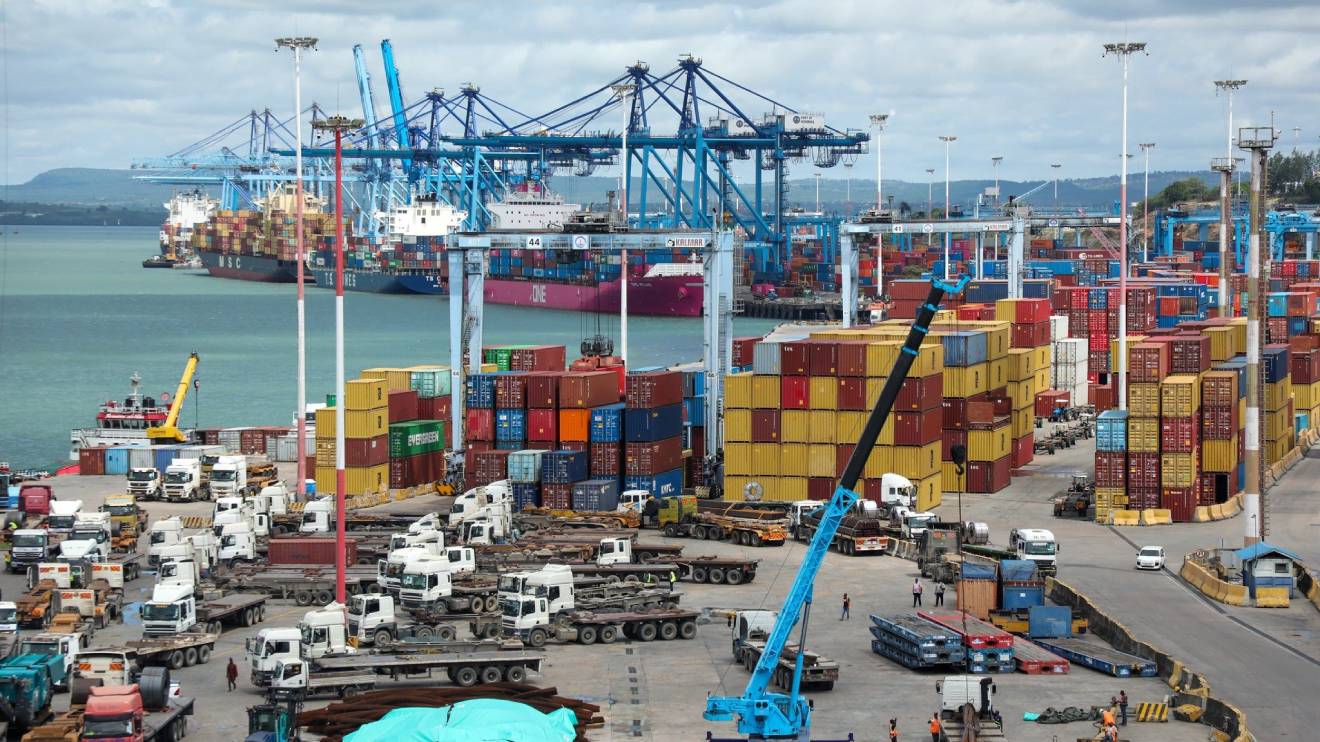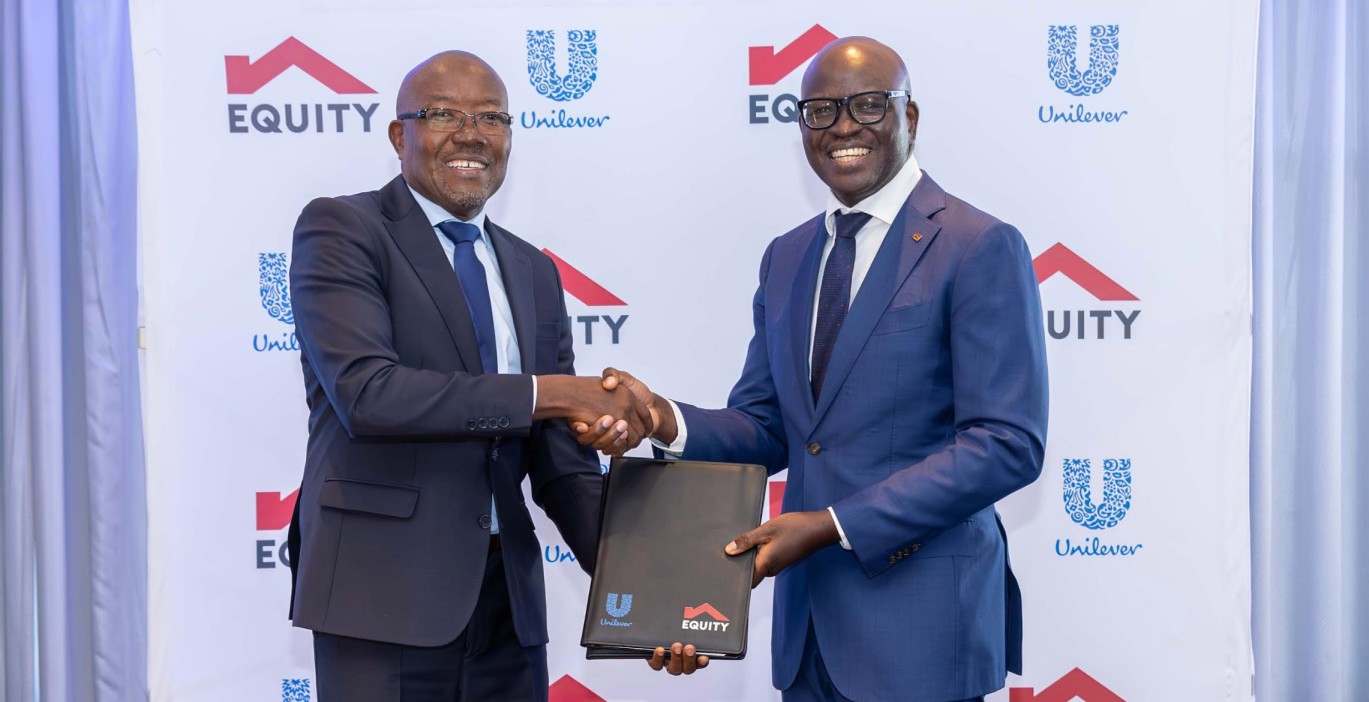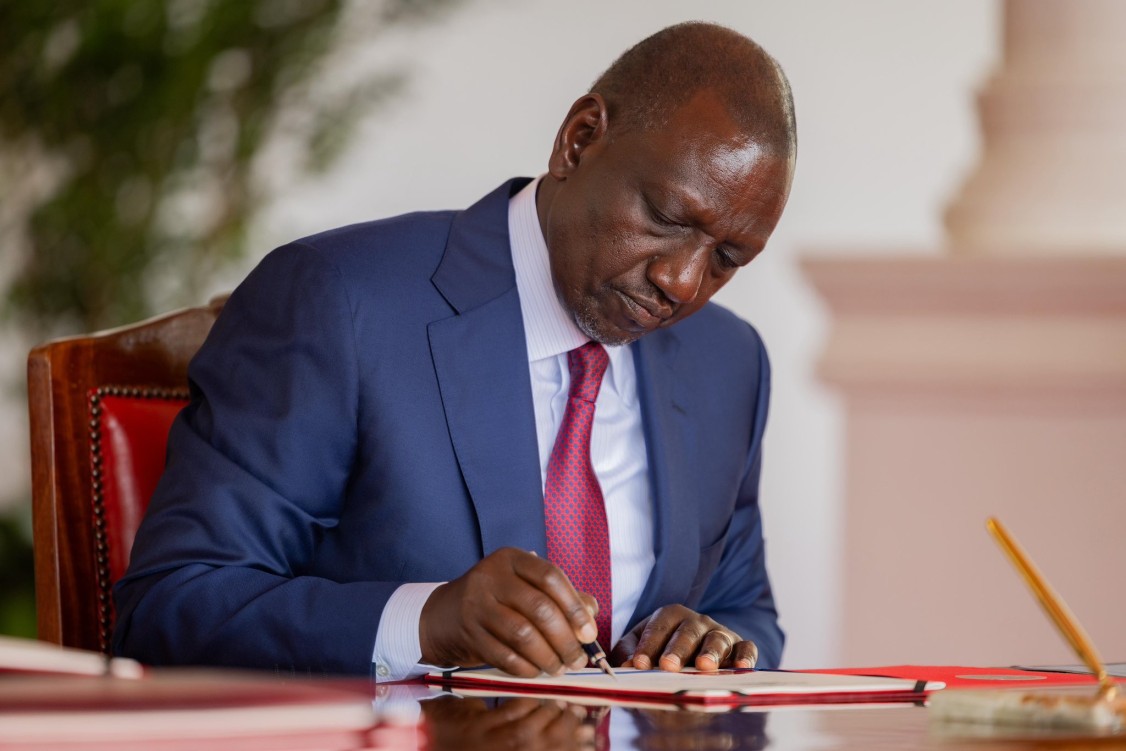The government has announced a three-month shutdown of all sugar mills in the Western region starting July 11, 2025, in a move to rescue Kenya’s struggling sugar industry.
The decision by the government is meant to give sugarcane time to mature and bring order to the sector’s supply chain.
The affected mills include major players such as Nzoia Sugar, Butali, West Kenya (including its Olepito and Naitiri units), Mumias (2021) Ltd, and Busia Sugar.
“This suspension will allow sugarcane to mature and enable a reset in cane supply planning,” said Kenya Sugar Board CEO Jude Chesire.
The announcement follows a July 4 stakeholder meeting in Kisumu, which revealed a severe shortage of mature cane, largely blamed on poor planning and over-harvesting of immature crops.
Read More
As a result, sugar production in the first half of 2025 dropped significantly.
During the shutdown, the government will conduct a nationwide cane census and has instructed all millers in the affected region to ramp up their cane development efforts.
Coinciding with the mill closures is the rollout of the Sugar Development Levy (SDL), a new 4 per cent tax aimed at raising funds to revive the sector.
The SDL will be charged on:
• Locally produced sugar (based on ex-factory price)
• Imported sugar (based on CIF value)
The Kenya Revenue Authority (KRA) is expected to collect the levy, with payments due by the 10th of every month.
The Sugar Board expects the SDL to increase from the expected Sh5 billion annually to be spent as follows:
• 40 per cent (Sh2 billion) – Cane development
• 15 per cent (Sh600 million) – Road rehabilitation in sugar-growing zones
• 15 per cent (Sh600 million) – Research and innovation
• 15 per cent (Sh600 million) – Factory modernization
• 10 per cent (Sh500 million) – Admin functions under the Sugar Board
• 5 per cent (Sh200 million) – Strengthening farmer institutions
In addition, from September 1, 2025, loan repayments by farmers and millers will go directly to the Kenya Sugar Board in an effort to ensure transparency and accountability.
The reforms come as part of a broader government plan to end sugar imports by 2027, with leasing of state-owned mills and greater private sector involvement being key to this vision.
“The failures of the past must not be repeated,” said Chesire.
He added: “This is the moment to reclaim the future of Kenya’s sugar industry”.
Millers, farmers, and processors are being urged to review the new SDL framework, accelerate sugarcane development, and prepare to comply with new KRA guidelines.






-1751972163.jpg)